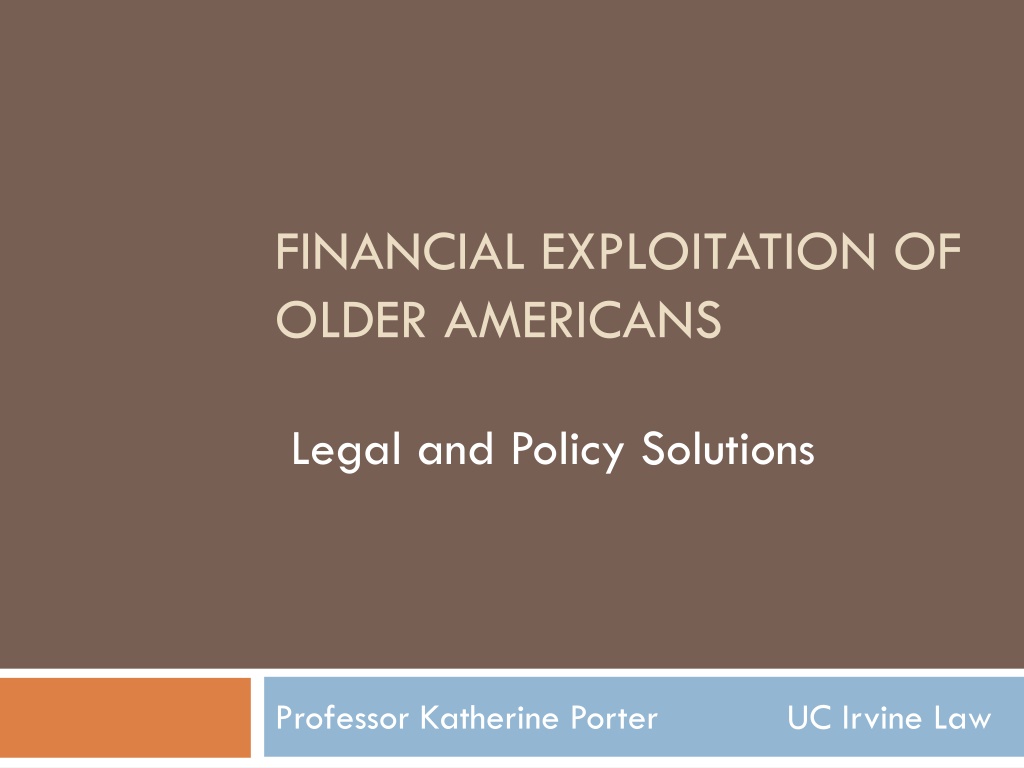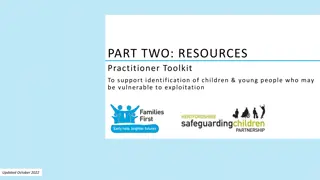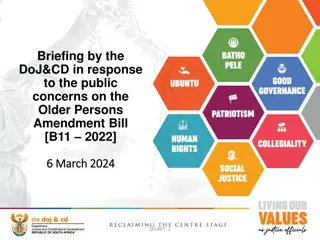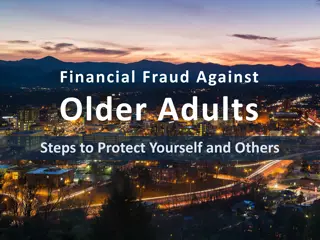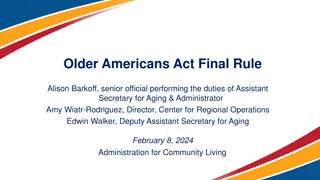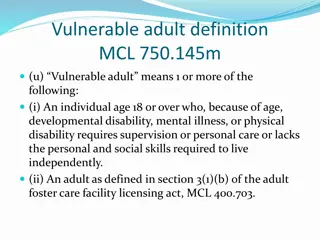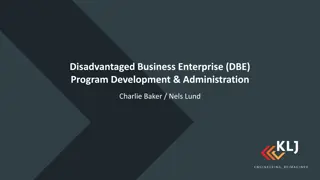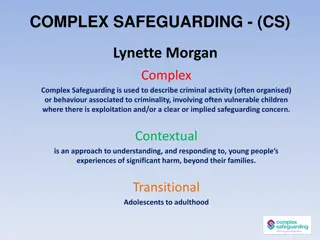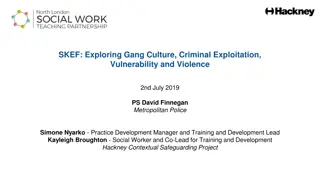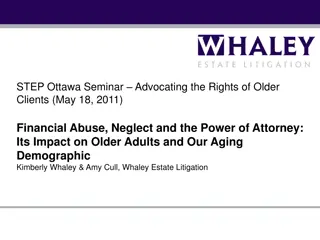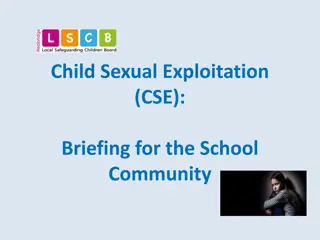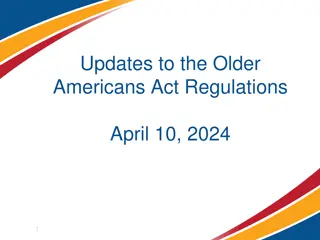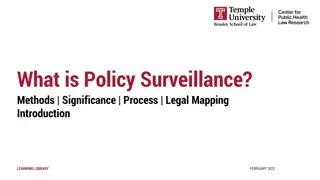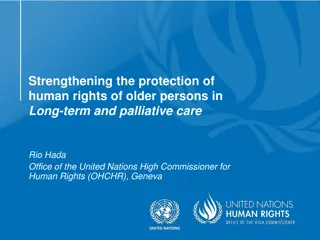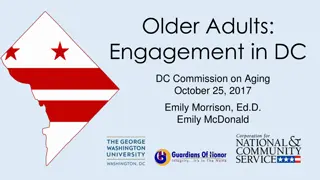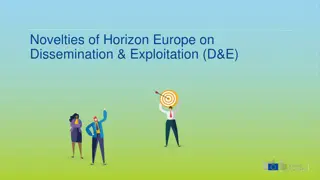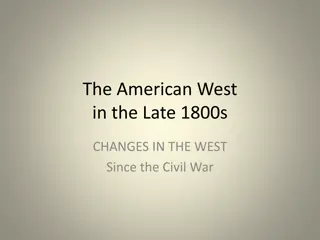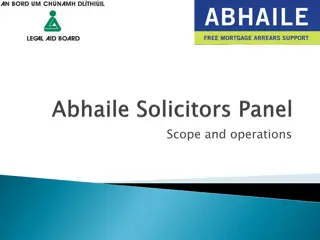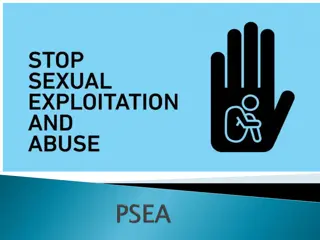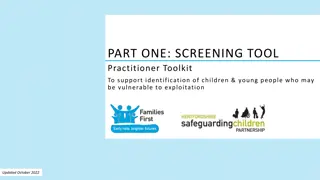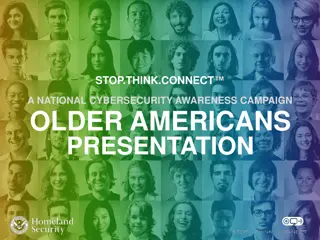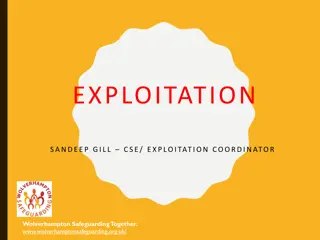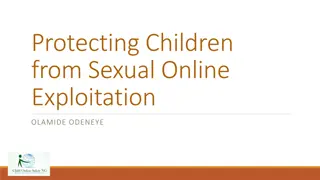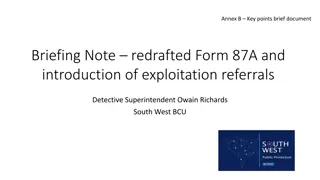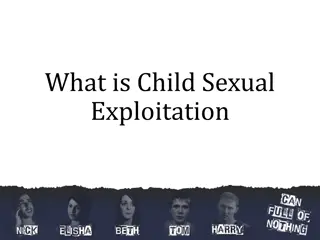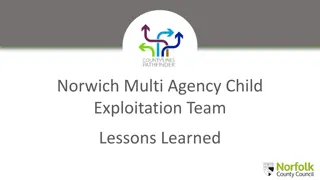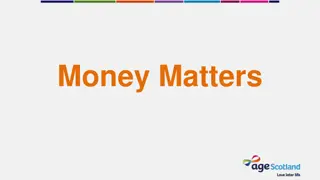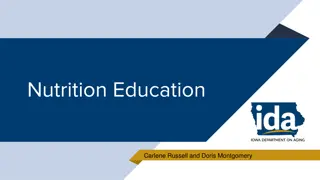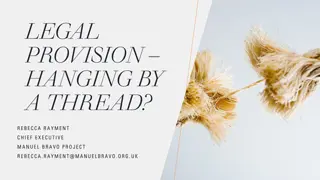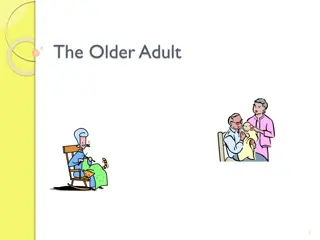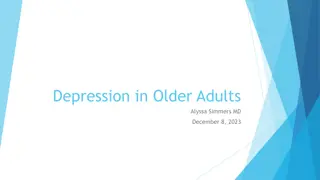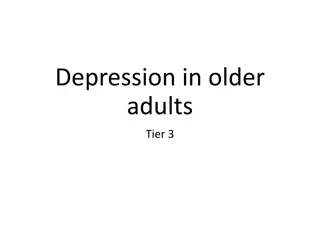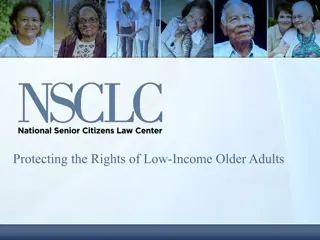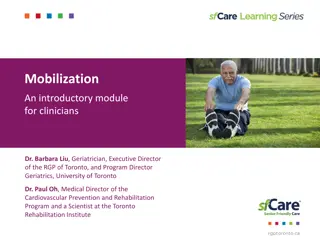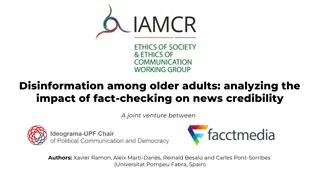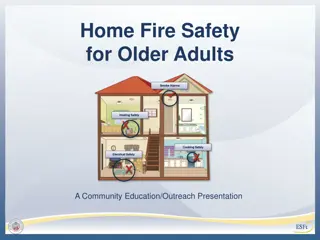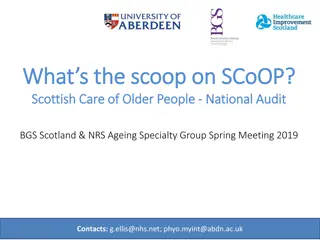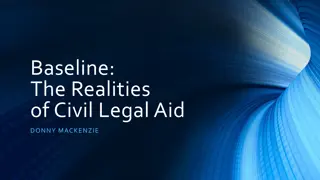Financial Exploitation of Older Americans: Legal and Policy Solutions
Explore the legal and policy solutions for addressing financial exploitation of older Americans, including definitions, incidences, regulatory approaches, risk factors, statistics, and consumer financial market trends. Discover the nuances of elder financial abuse, the distinctions between pure and hybrid exploitation, and the need for legal tools to combat this pressing issue.
Download Presentation

Please find below an Image/Link to download the presentation.
The content on the website is provided AS IS for your information and personal use only. It may not be sold, licensed, or shared on other websites without obtaining consent from the author. Download presentation by click this link. If you encounter any issues during the download, it is possible that the publisher has removed the file from their server.
E N D
Presentation Transcript
FINANCIAL EXPLOITATION OF OLDER AMERICANS Legal and Policy Solutions Professor Katherine Porter UC Irvine Law
Financial Abuse of Elderly What is financial exploitation in the context of older/elder Americans? Definitions Incidences Consumer Financial Markets Context for Abuse Legal Tools to Combat Elder Financial Abuse Applicable Statutes Regulatory Approaches
Defining Elder Financial Abuse Differs significantly from other forms of elder abuse Physical abuse Neglect Involvement of others family v. stranger trusted intermediary v. seller Financial Contexts Credit or Banking Purchasing Goods/Services Retirement and Investing
Pure v. Hybrid Financial Exploitation Pure (occurs in isolation) Risk factors for victims Profile of perpetrators Hybrid (co-occurs with physical abuse or neglect) Risk factors for victims Profile of perpetrators Law does not generally respond differently to these two kinds of financial exploitation, if harm/malfeasance is same
Statistics on Elder Financial Abuse About 11% of people ages 60+ faced some form of elder abuse; 5.7 million people. BUT this is all forms of abuse. No good national data on elderly financial exploitation. While seniors 60 and older make up 15 percent of the U.S. population, they account for roughly 30 percent of fraud victims Americans over 65 years lost $2.9 billion in 2010 12% increase from 2008 Underreported Gendered problem: Women Fare Worse More likely to be victims of financial exploitation Fewer financial resources (income and assets)
Consumer Financial Markets Providers Consolidation in Large Banks Technological Sophistication Trends in Products Complex; more moving parts More credit available Legal Changes Fractured Regulatory Authority Preemption
Legal Tools: Elder Abuse Victims Act Pending in Congress. Introduced 3/11. Would establish Office of Elder Justice in DOJ Requires studies, review of laws, data collection
Legal Tools: Applicable Statutes Disclosure Mandatory Education Substantive product standards Sales or marketing practices Licensing, certification, fiduciary duties Complaint resolution
Legal Tools: UDAP and UDAAP Unfair the act or practice causes or is likely to cause substantial injury to consumers which is not reasonably avoidable by consumers; and such substantial injury is not outweighed by countervailing benefits to consumers or to competition. Deceptive is not defined Abusive Materially interferes with the ability of a consumer to understand a term or condition of a consumer financial product or service; or takes unreasonable advantage of [lack of understanding of consumer, inability of consumer to protect their interests, or reasonable reliance of consumer of person to act in interests of consumer]
Legal Tools: Regulatory Entities Consumer Financial Protection Bureau Office of Older Americans Financial Advisers Reverse Mortgages Headed by Hubert ( Skip ) Humphrey III
Legal Tools: Regulatory Entities Consumer Financial Protection Bureau Federal Trade Commission Other federal agencies with departments, such as Administration on Aging (HHS). State Attorneys General In Iowa, 1 full time prosecutor and 1 full-time investigator. Focus is on criminal enforcement for elder fraud. Biggest problem is investor fraud
Problem E.1 You are in-house counsel to Big Hearted Bank. The bank president s 83-year old grandmother, Alma, was the victim of financial scam. On Monday, a stranger came to her home to test the radon level. He politely introduced himself as Jim Jangle and appeared in a uniform with a badge. Jangle told Alma the radon level was very high in her home and orally cited statistics on the dangers of radon, including cancer, and health risks to her young great-grandchildren. He stated that he could remediate the radon problem for $5,000, which was a discount of $250 if she agreed today and provided a bank account for a direct withdrawal. She handed him her check book from MidBank so he could copy her checking account information.
Problem E.1 A week has passed, and Jangle has never returned to do the remediation. MidBank paid the withdrawal on Tuesday. Alma told your boss, her grandson, about this situation on Friday. Your boss wants you to work on this from at least two angles. 1) Can Alma recover the money? How? 2) What processes/strategies should Big Hearted Bank adopt to help its older clients avoid scams like this.
Problem E.1 Getting $ Back Does Alma have the legal right to reverse the bank withdrawal? Can she force MidBank to put the money back in her account? If so on what basis? If not, what are available legal remedies that could return the money to her?
Problem E.1 Getting $ Back Electronic Funds Transfer Act Unfair and Deceptive Practices Act Complaint to government agencies CFPB State AG Banking commissioner District Attorney Complaint to bank
Problem E.1 Bank Processes/Strategy Big Hearted Bank wants to help its older clients avoid these scams. The President would like you to develop a list of procedures or strategies that it can use to prevent elderly financial exploitation. What is on your list?
Problem E.1 Bank Processes/Strategy Education Staff training Financial driving license Require additional validation Ban on products or processes Specialized products
Problem E.2 You are in-house counsel to Card Issuer. You notice that about 25% of the complaints made to the CFPB about Card Issuer are from older consumers (age 65+). Most of these complaints appear to result from consumers failing to understand aspects of the card, such as the fact that missing a single payment can result in a default APR or that the company may allow the consumer to exceed the credit limit. What do you advise Card Issuer to do?
Equal Credit Opportunity Act 15 U.S.C. 1691 It is unlawful for any creditor to discriminate against any applicant, with respect to any aspect of a credit transaction (1)on the basis of race, color, religion, national origin, sex or marital status, or age (except capacity to contract). It is not discrimination to: to use any empirically derived credit system which considers age if such system is demonstrably and statistically . . . except that in the operation of such system the age of an elderly applicant may not be assigned a negative factor or value; or to make an inquiry or to consider the age of an elderly applicant when the age of such applicant is to be used by the creditor in the extension of credit in favor of such applicant.
Problem E.2 Do nothing! Default APR and overlimit fees are source of substantial profit for banks. ECOA may limit your ability to tailor credit products for older Americans CFPB complaints require objective, verifiable, monetary relief. Pay that as cost of business. Product simplification Reputation concerns may trump additional profits
Problem E.3 You are a deputy assistant to Chief of the CFPB s Office of Older Americans. The complaint division reports that it has recently gotten a handful of complaints about the following type of transaction: Older American is given a lump sum of money by a stranger to purchase a life insurance policy. The stranger is the named beneficiary of the policy. The complaint division would like the Office of Older Americans to handle this issue. What do you advise?
Problem E.3 What are the harms here? Are these illegal? If not, should they be? If so, what are the remedies?
FINANCIAL EXPLOITATION OF OLDER AMERICANS Legal and Policy Solutions Professor Katherine Porter UC Irvine Law
